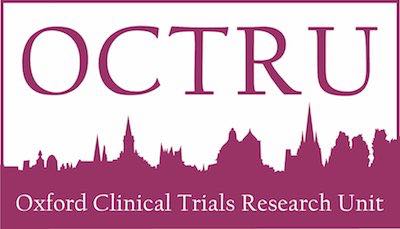Major Trauma is the leading cause of death in patients under 45 years and a significant cause of short- and long-term morbidity. The National Audit Office (NAO) estimates that there are at least 20,000 cases of Major Trauma each year in England, resulting in 5,400 deaths and many of the survivors suffer permanent disabilities requiring long-term care.
‘Major Trauma’ occurs when a patient sustains serious injuries to one part of the body or injuries to several parts of the body at the same time. It is often caused by road traffic accidents or falls from height. Most patients with major trauma have injuries to their legs, and many of these require surgery to fix broken bones.
In major trauma, the rate of infection in surgical wounds can be very high. This is because there is usually extensive damage to the muscles and other tissues in the leg due to the injuries. These damaged tissues are less able to resist the bacteria which cause infections. Deep infection around the bone can cause long-term problems for the patient.
One of the factors which may reduce the risk of infection in the surgical wounds of major trauma patients is the type of dressing applied over the wound at the end of the operation.
Negative pressure wound therapy (NPWT) involves applying gentle suction through a dressing to the surface of the wound as it heals. NPWT has provided promising early results in patients with surgical wounds associated with major trauma, but there has been no formal research in the NHS to investigate whether there is a true benefit to using a NPWT dressing compared with a normal standard dressing.
The aim of this study is therefore to compare NPWT with standard dressings for patients with surgical wounds associated with major trauma to the leg. Please read more in the Protocol.
If you would like to read more about participating in the trial please continue to the next page.
Next page Difference between the wound dressings.






